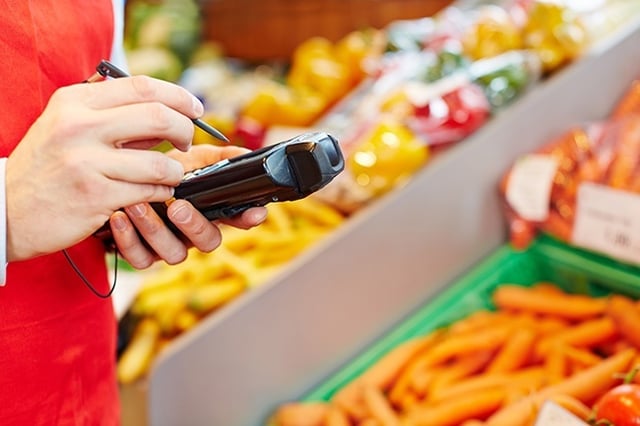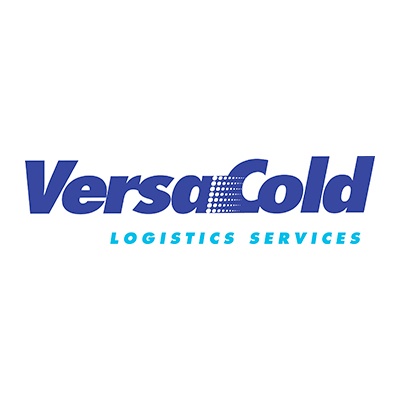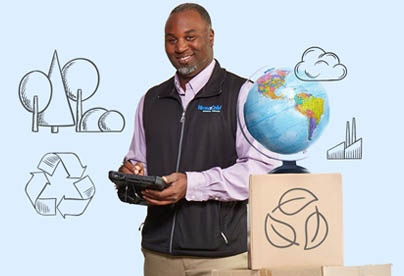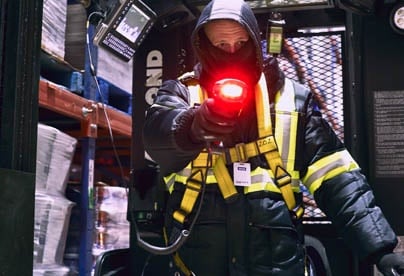
The use and understanding of leading cold chain technology are at the core of our business and key to enhancing, differentiating and adding value to our customers’ supply chains. As customers and government regulations demand better quality and stricter compliance with global standards, there have been noticeable technology trends developing to meet these market needs.
This week’s article will delve deeper into these fascinating trends in technology that are having a significant impact on the cold supply chain and drive us to pursue the best solutions and results for our clients.
Take a look at “Four Intriguing Cold Chain Regulation Trends That You Should Know” for more cold supply chain trends.
Demand for quick product recalls is leading to technological innovation
It seems we can’t go a week without hearing about a new food recall in the news. While the reasons for food recalls are various and complex, they have collectively led to an increased demand on food manufacturers to put controls and measures in place to ensure the safe and quick recall of temperature controlled products. Both customers and legislators require the speedy removal of items from the market as soon as they are found to be unsafe or in violation of legislation. Companies have been forced to find answers and respond to these recalls with the help of recent advancements in inventory tracking.
As regulations shift towards transparency and producer liability, it becomes more and more important that the cold chain has the right technology in place
As has always been the case, accurate record-keeping is essential to successful recall management. Human error, inefficiencies and other variables in this process have the potential to delay a recall, thereby increasing the public’s level of exposure to recalled products. Recent technology advances have limited these challenges by increasing accuracy and efficiency levels in a way that has been unprecedented. New technologies allow cold chain logistics firms to identify distribution pathways accurately, notify key parties about recall responsibilities, and enable quick understanding of where a quality control system may have broken down. As regulations shift towards transparency and producer liability, it becomes more and more important that the cold chain has the right technology in place.
Investment in MHE automation is increasing, but the technology is not quite there yet
One area of the cold chain that has seen substantial investment and improvement in recent years, both in Canada and globally, is the automation of material handling equipment (MHE). MHEs help to facilitate the movement, storage, protection and overall control of products as they make their way through the supply chain. Traditionally, the process of material handling has included a combination of manual, automated and semi-automated equipment and systems that make the supply chain work more efficiently. Technological innovation and advancements have led to more investment in the full automation of material handling.
One area of the cold chain that has seen substantial investment and improvement in recent years, both in Canada and globally, is the automation of material handling equipment (MHE).
The challenges created in the case of multi-user facilities have led many to question the benefits of automation when considering the cost of investing in technology. As is the case with any piece of equipment, a company must calculate the life cycle cost—automation technology is becoming more efficient and responsive over time but the initial investment is substantial and it has a potentially indeterminable life cycle. Maintenance and training make this technology prohibitive and likely not quite ready for this type of facility. Its increasing prevalence, however, is something that warrants close monitoring going forward.
Real-time sensing and execution are becoming key technologies to maintain compliance
In the area of cold chain compliance, real-time sensing and execution of corrective measures have become key technologies. There has been substantial investment in the continuous monitoring of temperature-sensitive products during transportation and within facilities. While the industry typically focuses on TempTale’s and other sensors to show the temperature at the end of the journey, real-time automated product sensors can alert the clients as their products move through the supply chain. These sensors inform the user of where the product is on its journey and also its temperature throughout the entire process.
There has been a substantial investment in the continuous monitoring of temperature sensitive products during transportation and within facilities.
With advancements in business intelligence, this has become an area where it’s possible to provide immediate data and analysis back to the client. The data obtained from these sensors can help real-time decision making and maintain faithful compliance in an industry where transparency is essential for both regulators and consumers.
Advancements in automation, sensors and recall management technology have had a direct impact on the sector in recent years. These changes have left us actively considering the impact that new technologies could have on our industry in the future. One new technology that we are watching with great interest has been the advent of drone technology. Drones could one day be tasked with anything from taking inventory to monitoring the status of assets stored in warehouses. These possible applications for drones could, in turn, result in streamlining business processes and increasing efficiencies.
Contact one of our Sales Specialists today and let us show you why we are the right choice for your business. sales@versacold.com or 1-800-563-COLD










